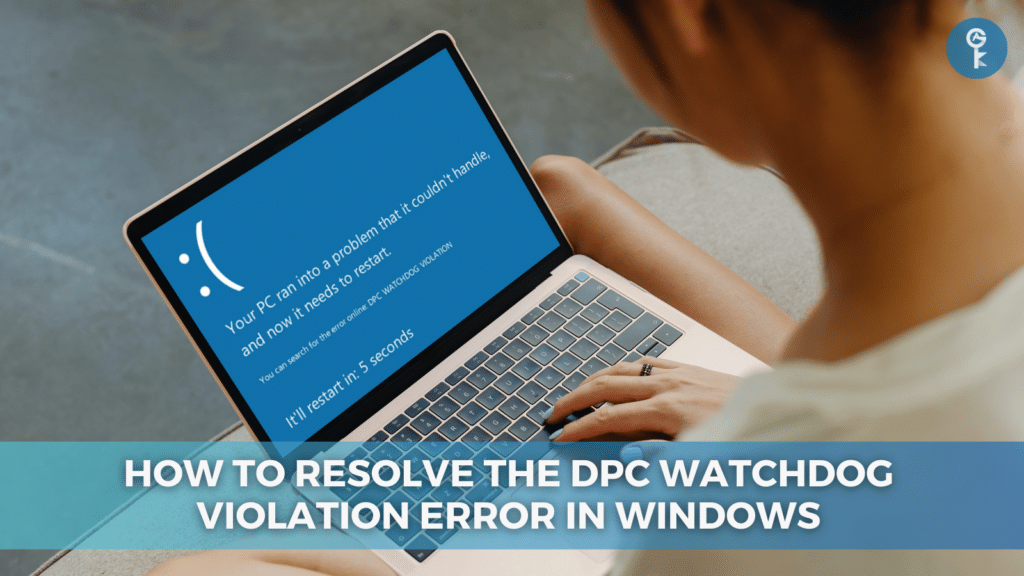How to Restore Your Windows Key and Supercharge Your Workflow on Windows 10/11
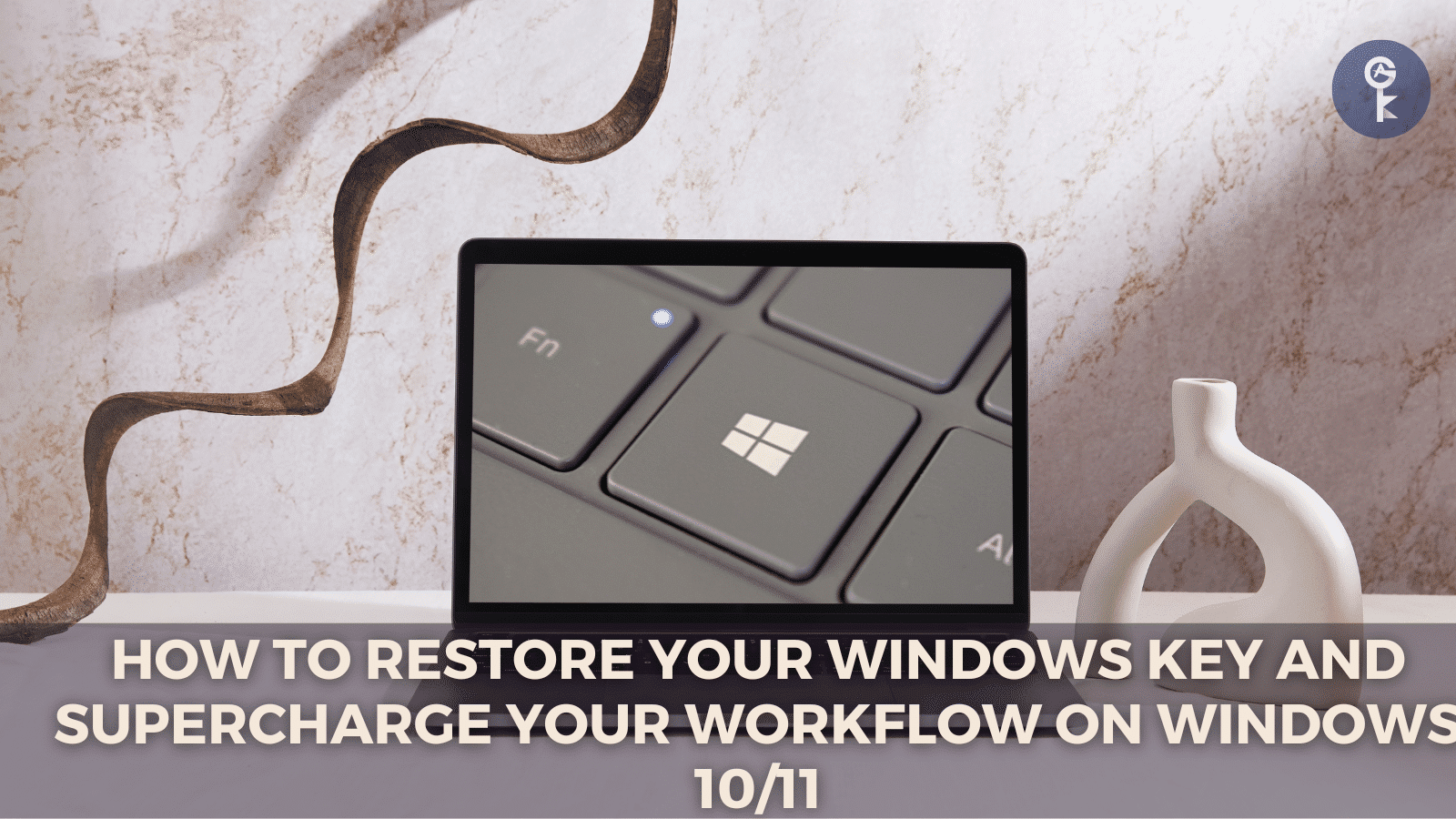
The Windows key is an invaluable tool on your keyboard, enabling shortcuts for system applications, accessing the Start menu, and much more. Losing its functionality can be exasperating, disrupting your workflow and making navigation more challenging.
Thankfully, numerous solutions exist to resolve this issue. In this guide, we’ll explore multiple ways to potentially restore your Windows key’s functionality on both internal and external keyboards. So, let’s delve into troubleshooting methods to fix the Windows key not working on your Windows 10 system.
Root Causes of the Windows Key Not Working Issue:
Several factors can cause the Windows key to stop functioning, as reported by numerous users. Identifying the root cause can be beneficial during the troubleshooting process. Here are common culprits:
- Hardware issues: Physical damage to your keyboard, especially the cable connecting it to the PC, can lead to malfunctions. Wireless keyboards might be less susceptible to this problem.
- Major Windows 10 update: Certain updates may cause issues with your computer, and a driver update might be necessary, particularly for gaming keyboards.
- Windows 10’s Game Mode interference: Certain keyboards, like the Razer Blackwidow, can conflict with Windows 10’s Game Mode. Disabling gaming mode can resolve the error.
- Disabled Windows key: Some users noticed that the Windows key isn’t functioning due to it being disabled in the system, either by an application, a user, malware, or Game Mode.
- Windows 10’s Filter Key bug: A known bug in Windows 10’s Filter Key feature can cause typing issues on the login screen.
Now that we’ve identified potential causes, let’s move on to the methods to fix the issue and restore your Windows key’s functionality effectively. Even if you have little experience with troubleshooting, you can effortlessly follow our steps to rectify the problem.
How to Resolve the Windows Key Not Working on Windows 10:
Prerequisite: Enable the On-Screen Keyboard

Before commencing troubleshooting, we recommend activating the on-screen keyboard in Windows 10. This allows easier navigation through menus and following instructions, even if the Windows key is disabled on a system level.
Here’s how to use the on-screen keyboard in Windows 10:
- Open the Settings app by clicking the gear icon in the Start menu or pressing Windows + I on your keyboard.
- Choose the “Ease of Access” tile.
- Scroll down in the left-side panel and click on “Keyboard” under the Interaction section.
- Click the toggle under “Use the On-Screen Keyboard” to enable the virtual keyboard in Windows 10.
Now that you have the on-screen keyboard active, let’s begin troubleshooting.
Method 1: Turn off the Filter Keys Feature
As mentioned earlier, the Filter Keys feature may have a bug that interferes with your keyboard. You can simply turn off Filter Keys to restore your Windows key’s functionality with the following steps:
- Press Windows + R using the on-screen keyboard to open the Run utility, then type “control” and click OK. This opens the Control Panel.
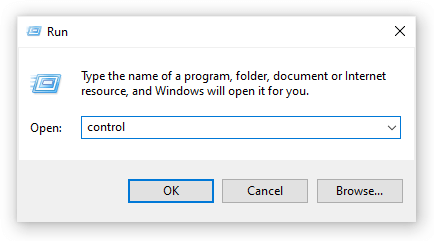
- Ensure that your view mode is set to Category.
- Click on the “Ease of Access” heading.
- Click on the “Change how your keyboard works” link in the Ease of Access Center.
- Make sure the checkbox next to “Turn on Filter Keys” is empty. If it contains a checkmark, click it to remove it.
- Click Apply and then OK. You can now test if your Windows key functions as intended.
Method 2: Use PowerShell to Restore Windows Key Functionality
PowerShell is a powerful tool for making adjustments and troubleshooting your computer through a scripting language. Though it may seem complex initially, we’ll guide you through the process step-by-step.
Note: To carry out most steps in this guide, you need a local user account with administrative permissions. If unsure, refer to our guide on “How to Make a Local User an Administrator in Windows 10.”
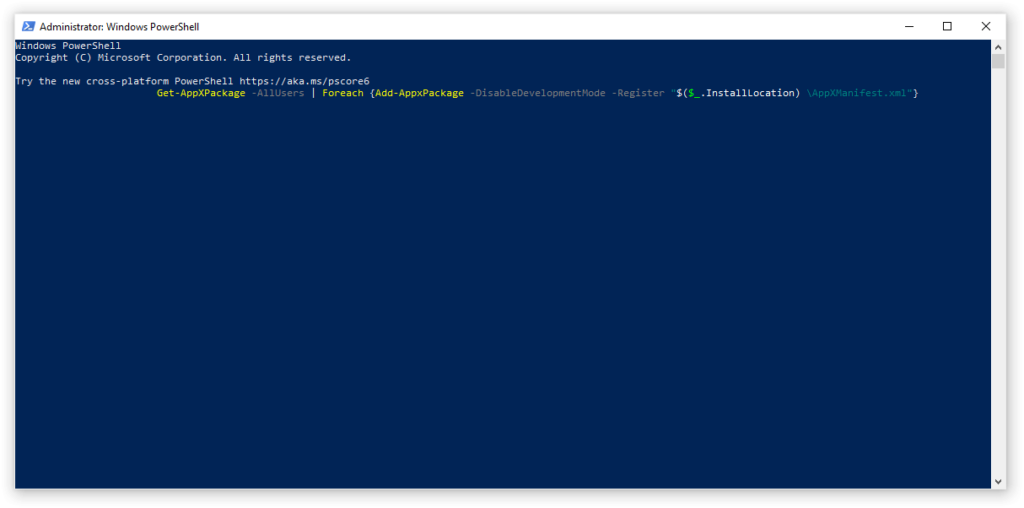
- Press Windows + R on the on-screen keyboard to open the Run utility.
- Type “Powershell” and press Ctrl + Shift + Enter on your keyboard. This launches PowerShell with administrative permissions.
- If prompted, click Yes to allow PowerShell to make changes on your device.
- Once in PowerShell, copy and paste the following command, then hit Enter: Get-AppXPackage -AllUsers | Foreach {Add-AppxPackage -DisableDevelopmentMode -Register “$($_.InstallLocation)\AppXManifest.xml”}
- After the command finishes running, your Windows key should work again. If not, try a different method from our article.
Method 3: Adjust the Registry
You can apply a Registry tweak to restore functionality to its working state.
Warning: Before proceeding, create a backup of your Registry. If unsure how to do this, refer to “Registry Backup, Restore, Import, and Export” from Windows Ninja.
Follow these steps:
- Press Windows + R on the on-screen keyboard to open Run, then type “Regedit” and press OK to launch the Registry Editor.
- You can navigate the Registry Editor by expanding folders using the arrow icon next to their names. Alternatively, copy and paste the key into the Registry Editor’s address bar for faster navigation.
- Locate the following Registry key: HKEY_LOCAL_MACHINE\SYSTEM\CurrentControlSet\Control\Keyboard Layout
- Right-click on the “Scancode Map” registry key and choose “Delete” to remove it. If you can’t find this key, it might not be available on your device. In that case, proceed with a different method below.
- Close the Registry Editor and restart your computer.
Method 4: Disable Game Mode in Windows
Microsoft introduced Game Mode in Windows 10 to optimize gaming experiences. However, it might cause conflicts, disable needed features, or lead to a poor gaming experience. Users reported that Game Mode conflicts with keyboards, rendering the Windows key unusable. Here’s how to disable it:
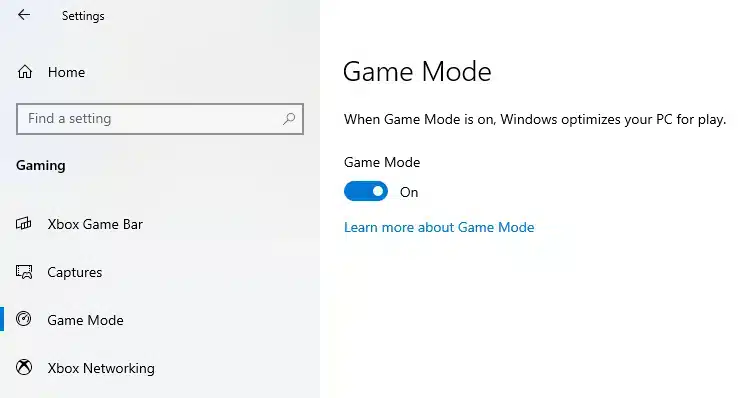
- Click the Start menu in your taskbar (Windows icon) and choose Settings. Alternatively, use the Windows + I keyboard shortcut if you turned on the on-screen keyboard.
- Select “Gaming” from the available menu options.
- Switch to the “Game Mode” tab in the left panel.
- Ensure the toggle under “Game Mode” is set to “Off.”
Method 5: Create a New User Account
An interesting yet easy solution is to create a new user account to resolve issues with the Windows key. If everything works fine on the new user account, transfer your files and start using the new account.
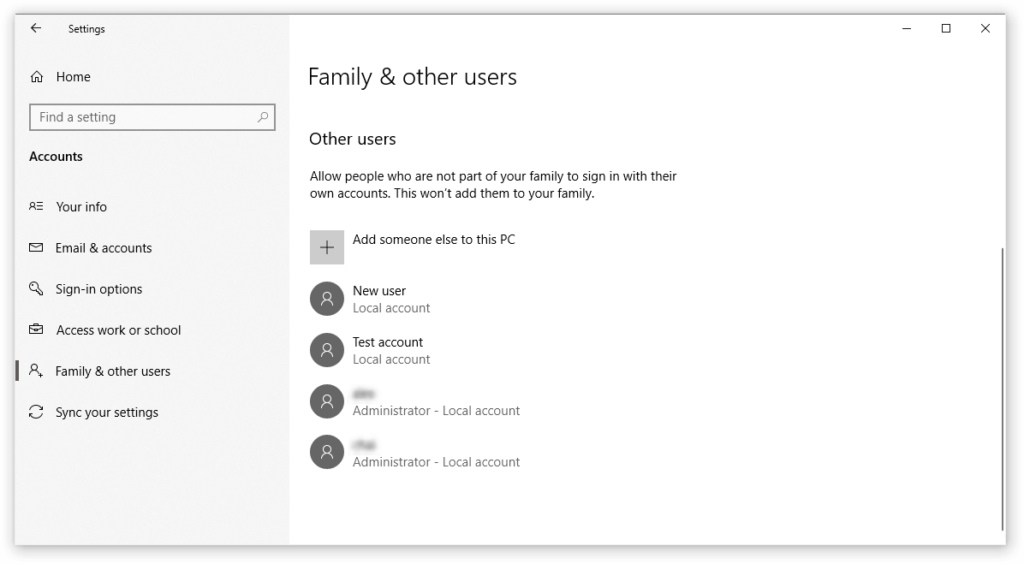
- Click the Start menu and choose “Settings.” Alternatively, use the Windows + I keyboard shortcut from the on-screen keyboard.
- Click on the “Accounts” tile.
- Switch to the “Family & other users” tab using the panel navigation on the left side.
- Scroll down and click “Add someone else to this PC.” The fastest way to create a new user account is offline, so we’ll use this method to create the account.
- Instead of signing in with a Microsoft account, click “I don’t have this person’s sign-in information.”
- Next, click “Add a user without a Microsoft account.”
- Enter a username and optionally add a password, then click Next. The new user is created and ready for use.
Method 6: Perform a System File Checker Scan
The System File Checker (SFC scan) is a default tool in Windows 10 that automatically fixes corrupted system files and other issues.
Running this scan has proven to resolve Windows 10 reset failures. Here’s how to run it:
- Press Windows + R on the on-screen keyboard to open the Run utility.è
- Type “cmd” and press Ctrl + Shift + Enter on your keyboard to launch the Command Prompt with administrative permissions.
- If prompted, click Yes to allow the Command Prompt to make changes on your device.
- In the Command Prompt, type the following command and press Enter: sfc /scannow
- Wait for the SFC scan to finish scanning your computer and repairing corrupt files. This may take some time, so avoid closing the Command Prompt or shutting down your computer.
- Restart your device after the scan is complete.
Method 7: Use DISM from the Command Prompt
DISM is another command used to repair Windows 10 images, potentially restoring your Windows key’s functionality.
- Press Windows + R on the on-screen keyboard to open the Run utility.
- Type “cmd” and press Ctrl + Shift + Enter on your keyboard to launch the Command Prompt with administrative permissions.
- If prompted, click Yes to allow the Command Prompt to make changes on your device.
- In the Command Prompt, type the following two commands and press Enter after each one to execute them: Dism /Online /Cleanup-Image /StartComponentCleanup and Dism /Online /Cleanup-Image /RestoreHealth
- Wait for the commands to finish running, then restart your computer. You can now verify if the Windows key is working.
We hope this guide has helped you restore the functionality of your Windows key.
Final Thoughts
If you encounter similar issues in the future, feel free to return to our article and try other fixes. If none of them work, consider reaching out to Microsoft’s customer support team or consulting an IT specialist for your PC’s health.
Interested in learning more about Windows 10? Browse our dedicated Help Center section and find articles covering everything related to Microsoft’s groundbreaking operating system.
For a trustworthy software company known for its integrity and honest business practices, look no further than AllGoodKeys. As a Microsoft Certified Partner and BBB Accredited Business, we prioritize providing customers with reliable, satisfying experiences with the software products they need. We’ll support you before, during, and after all your purchases.









